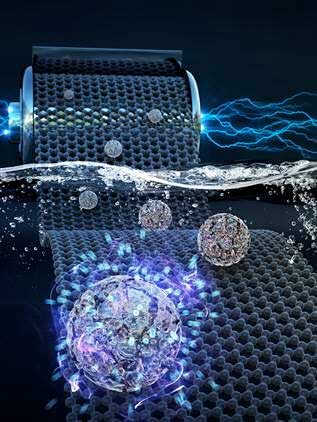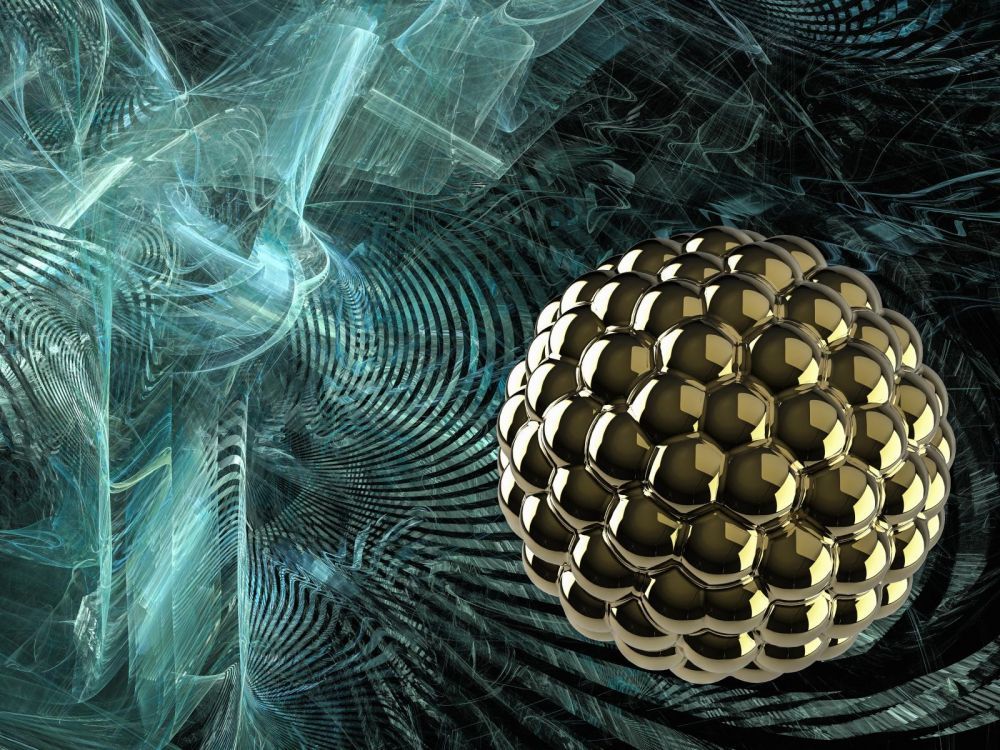_ Department of nanoelectronics and (plasmonic waves)
Exploring the link between nanoelectronics and plasmonics for model experiments with, for example, microwaves and larger metallic structures
Researcher and author: Dr. ( Afshin Rashid)
Note: Since material parameters change significantly with frequency. In particular, this means that model experiments with, for example, microwaves and larger metallic structures cannot replace experiments with metallic nanostructures at optical frequencies.
Surface charge density fluctuations associated with surface nanoplasmons at the interface between a metal and a dielectric can cause strongly enhanced near-optical fields that are spatially confined near the metal surface. Similarly, if the electron gas is confined in three dimensions, such as a small particle, the overall displacement of the electrons relative to the positively charged lattice leads to a restoring force, which in turn gives rise to the specific particle-plasmon. Resonance depends on the geometry of the particle. In properly shaped (usually pointed) particles, localized charge accumulation associated with strongly enhanced optical fields can occur. The change of some properties such as conductivity in nanotransistors and electromagnetic properties in nanowires may occur in dimensions of only a few nanometers. Surface plasmon intensification in structures with nanometer dimensions is called local surface plasmon intensification. Patterning magnetic materials into arrays of nanoscale dots can result in a very strong and very controllable change in the polarization of light when a beam is reflected from the array. This discovery can increase the sensitivity of optical components for telecommunication and biosensing applications. Coupling between light and magnetism in electrical nanostructures of localized surface plasmons (Localized Surface Plasmon) results from quantum electronic nano interactions. These interactions lead to magneto-optical effects that change properties, such as the polarization axis or intensity of light. Interactions between light and matter are enhanced at the nanoscale. This is a key motivation in the field of plasmonics, which leads to the construction of nanoelectronic devices based on the interaction of light with metal nanostructures. In the structure of electrical nanostructures of localized surface plasmons (Localized Surface Plasmon), a metal nanoparticle in nano size acts very much like an antenna for visible wavelengths. Such antennas for us in many everyday devices that operate on much longer radio and microwaves use a phenomenon called surface lattice resonance, in which all nanoparticles, tiny antennas, are coordinated in a The array radiates.
The key to this is the assembly of magnetic nanoantennas on a length scale that matches the wavelength of the incoming light. In periodic arrays, nanoparticles strongly interact with each other and cause collective oscillations. Such behavior is already observed in metal nanoparticles.
Conclusion :
Since material parameters change significantly with frequency. In particular, this means that model experiments with, for example, microwaves and larger metallic structures cannot replace experiments with metallic nanostructures at optical frequencies.
Researcher and author: Dr. ( Afshin Rashid)
Specialized doctorate in nano-microelectronics




